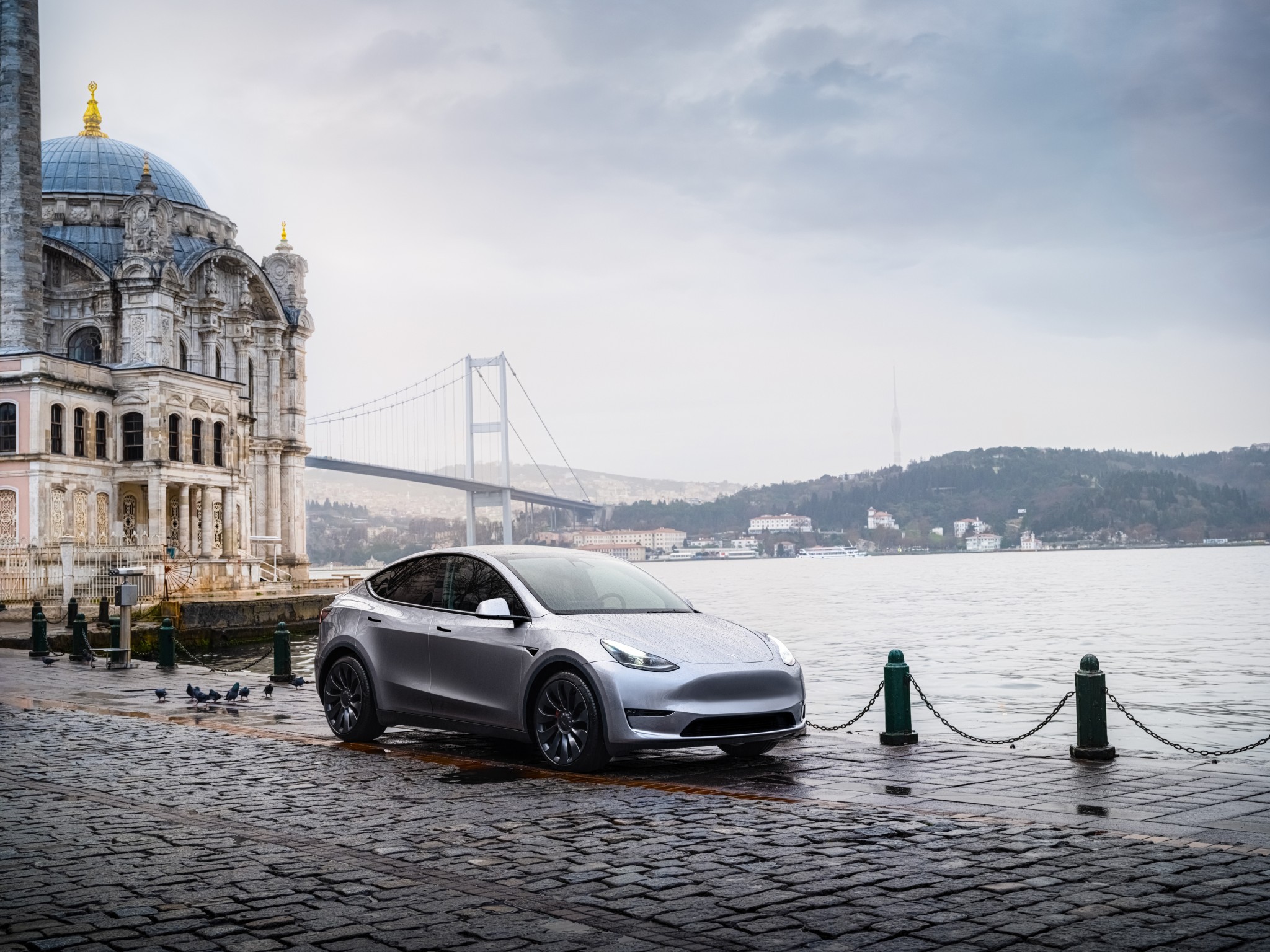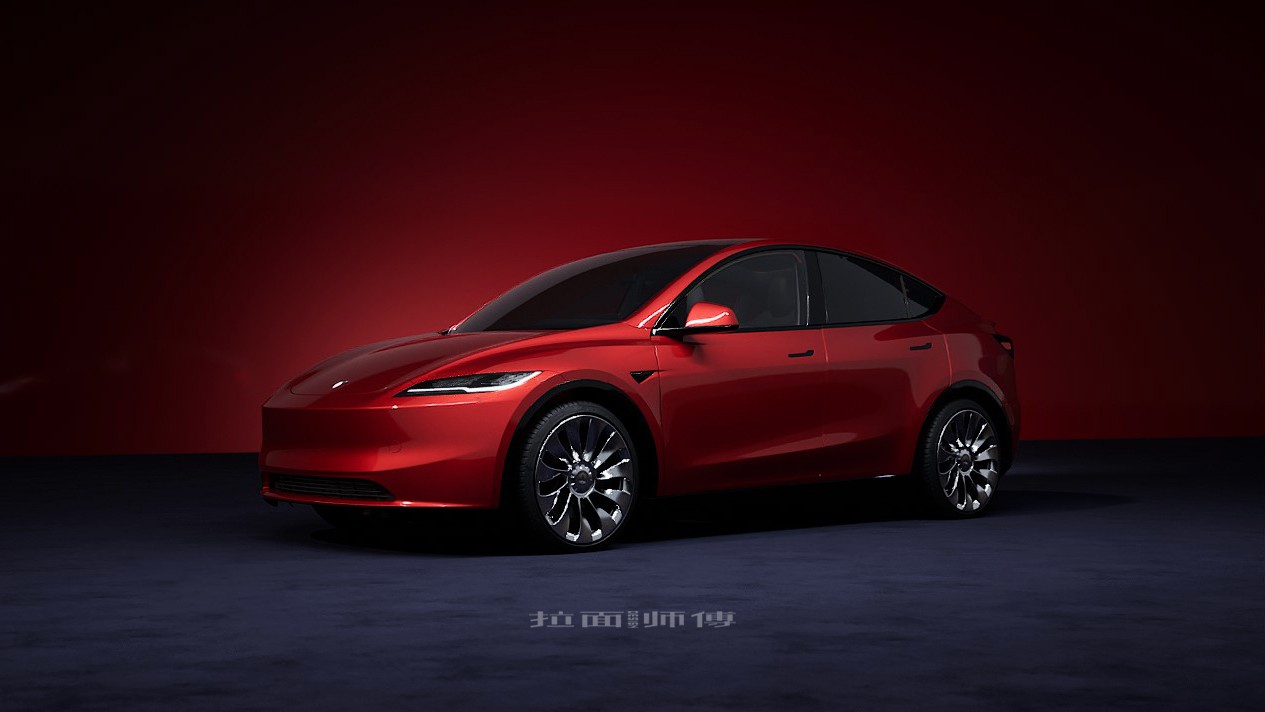Tesla has hinted at expediting new model launches by integrating elements of the next-generation architecture into existing models. This strategic approach enables Tesla to utilize current production lines while refining the unboxed vehicle process for its upcoming robotaxi. Despite delays in the Model Y refresh, Tesla remains years away from establishing its first unboxed-vehicle production line.
Having yielded to launching an affordable EV priced around $25,000, Tesla introduced a groundbreaking “unboxed vehicle” manufacturing process. This innovation aims to halve production costs compared to the Model 3/Y platform, crucial for Tesla’s Gen-3 architecture success. Initially slated for a new gigafactory in Mexico, plans shifted to Giga Texas to expedite next-gen vehicle production.

However, following the release of FSD V12, Tesla revised its plans, reserving the unboxed process solely for the robotaxi. While some speculated on the demise of the $25,000 compact EV, Tesla’s first-quarter earnings call presented a different outlook. The shareholder deck revealed Tesla’s intention to commence production of new vehicle models, including more affordable EVs, earlier than anticipated.
To achieve this, Tesla will blend elements of the old (Gen-2) architecture with the new (next-gen) architecture, accelerating the arrival of next-gen vehicles to early 2025 or late 2024, instead of the previous second-half 2025 projection. While confirming the unboxed process for Tesla’s “purpose-built robotaxi product,” Tesla plans to maximize current production capacity before investing in new facilities.
Tesla’s strategy hints at launching more models using next-gen architecture elements, including transitioning existing models to Gen-3 architecture. The refreshed Model Y codenamed Juniper and delayed, is a likely candidate. This transition enables Tesla to enhance cost efficiency and margins while potentially accelerating the Roadster launch.

